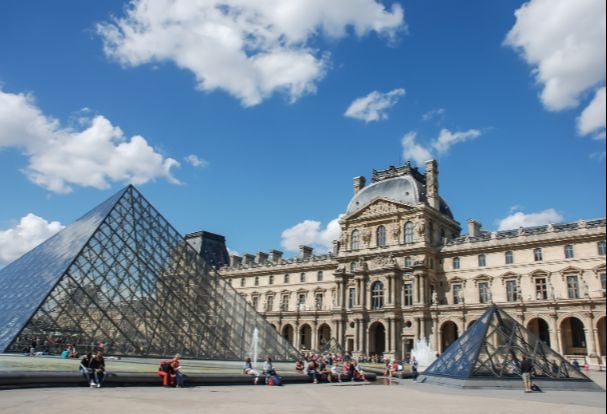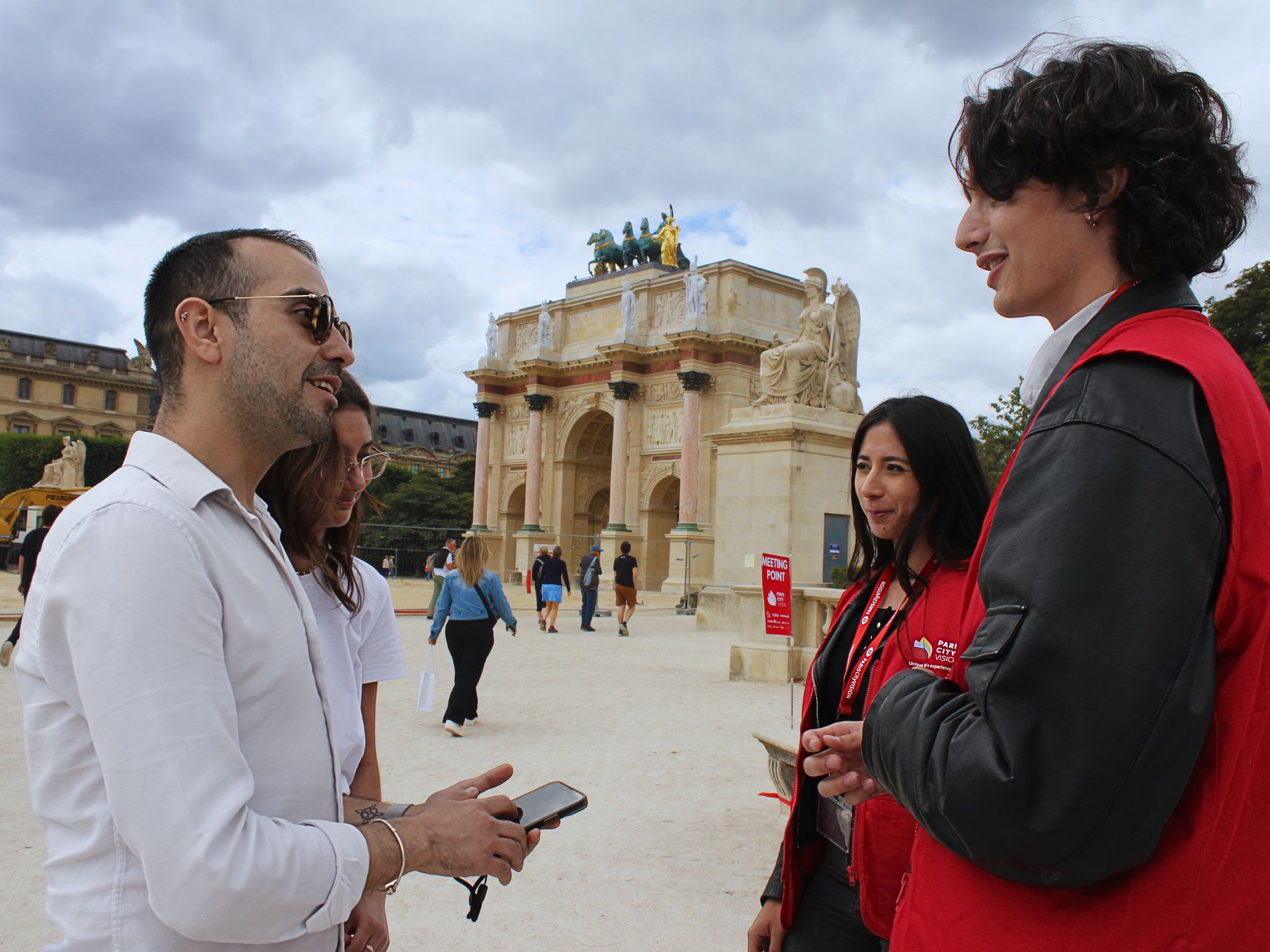Department of Near Eastern Antiquities

The Department of Near Eastern Antiquities is home to the beginnings of writing. Humanity’s first written words are kept there. The public can therefore see the first legal texts and human representations dating from the Neolithic era, the time when men adopted agriculture and farming.
Three geographical areas
The Department of Near Eastern Antiquities is divided into three collections corresponding to the geographical areas from the eastern Mediterranean, through the Arabic peninsula and the Black Sea to India. These are Mesopotamia, Persia and the Levant (Lucia, Lydia, Cilicia, Phoenicia, Cyprus).
The collection of eastern works was added to as a result of 19th century archaeological digs in which France was heavily involved. By exploring the places mentioned in biblical texts, researchers rediscovered legendary ancient civilizations. Their discoveries show the power, talent, and ingenuity of the people of the time.
A selection of 5 pieces from the birthplace of humanity
The Code of Hammurabi, King of Babylon
This 7-foot high tablet is an incredible work of art and a priceless account of Mesopotamian life. Dating from 1750 BC, it is the most complete Babylonian law code currently known.
Where to find it: Richelieu wing, 1st floor, room 3
The frieze of the lion passant, originating from Babylon
A symbol of Babylon in the Bible, the lion regularly features in works from this era. The lion passant is a bas-relief that decorated the walls of Nebuchadnezzar Palace in Babylon.
Where to find it: Richelieu wing, 1st floor, room 3
The frieze of archers of Susa
This is the favourite work of children visiting the Louvre Museum. Made from colored bricks, the frieze shows the parade of archers armed with lances and bows on their shoulders. There are various theories regarding the identity of these Persian soldiers. Some people believe them to be the “immortals” of the guard of Darius I.
Where to find it: Sully wing, 1st floor, room 11
The Baal with Thunderbolt stele, originating from Ugarit
This stele dates from the Bronze Age. It shows the God Baal brandishing a mace and planting a thunderbolt in the ground almost like a plant. The small character on the god's right is thought to be the King of Ugarit, protected by the god of war.
Where to find it: Sully wing, 1st floor, room B
Capital of a column from the palace of Darius I
It's impossible to ignore this monumental installation in the Department of Near Eastern Antiquities. It is more than a simple sculpture, it is one of the heads of the columns of the audience hall (Apadana) of King Darius I. It formed part of the decoration of a 358-foot square room. Built in Susa for the accession of Darius I to the throne, it demonstrated his power to visitors to the audience hall who came to consult him.
Where to find it: Sully wing, 1st floor, room 12a
Where to find the collections of the Department of Near Eastern Antiquities
To set off in search of these works, start on the 1st floor. The department spans the Sully wing and the Richelieu wing and has 27 rooms grouped by territory. And don’t miss room 4. There the Winged Bulls of the Khorsabad courtyard await.
Visitors to the Louvre’s Department of Near Eastern Antiquities are likely to be surprised by the huge dimensions of some of its archaeological works. But make sure to visit the more inconspicuous pieces. Some of them are rare and unusual relics of the first traces of writing in the world.
To make the most of your Louvre experience, book your Louvre tour online with PARISCityVISION.


